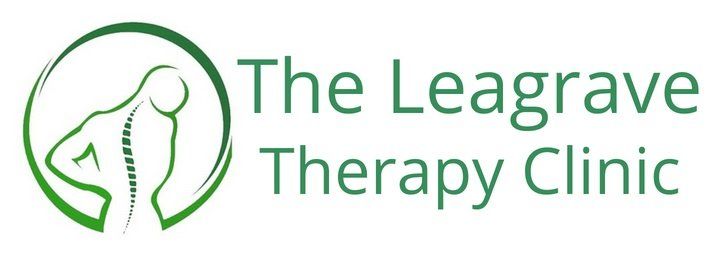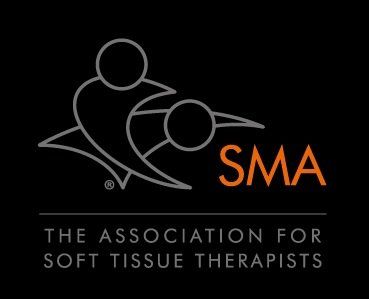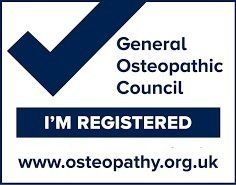Three Ways That Sports Massage Can Help Neck Pain - Anatomy and Function
Neck pain is a common musculoskeletal complaint affecting people across multiple professions, especially those involving prolonged sedentary activities. Neck and back pain affect individuals across all age groups and occupations, with prevalence increasing to sedentary lifestyles, prolonged hours spent at computers and repetitive tasks (1).
Modern lifestyles have meant that workers are slouched for long hours at computers and various electronic devices which are likely contributing factors for neck and upper back pain (1). Chronic neck pain regularly occurs amongst people who engage in various careers who spend long periods of time sitting such as information technology (IT) specialists to accountants, personnel of any kind and secretaries. Non-pharmaceutical approaches have gained momentum as alternatives to prescription drugs and therapeutic massage has emerged as an effective option for managing neck pain (2).
The accumulation of muscle tension leads to restricted joint mobility and nerve related symptoms such as radiating discomfort into the shoulders, arms and hands. Sports massage may assist to alleviate these issues by applying targeted pressure and stretching techniques. Massage can reduce myofascial adhesions, improve blood flow and relieve muscular pain. Massage techniques for neck pain at the Leagrave Therapy clinic may involve Swedish massage, deep tissue massage and trigger point therapy which have received popularity due to their holistic healing process.
Anatomy
The cervical spine is made up of seven cervical vertebrae (C1-C7) and is a vital conduit for the nervous system, carrying signals between the brain, spinal cord, and the upper body. Emerging from the cervical portion of the spinal cord are eight pairs of cervical spinal nerves (C1–C8). These nerves exit through the intervertebral foramina of the cervical vertebrae and branch outward to form two important networks: the cervical plexus (C1–C4) and the brachial plexus (C5–T1). Together, these plexuses supply motor and sensory innervation to the neck, shoulders, chest and arms
C1–C4 (Cervical plexus): These nerves innervate muscles of the neck, including the sternocleidomastoid and trapezius (through the accessory nerve, cranial nerve XI, with cervical contributions) which allow turning, nodding and tilting of the head.
The cervical plexus also gives rise to the phrenic nerve (C3–C5), which descends into the thorax to control the diaphragm which is essential for breathing.
C5–T1 (Brachial plexus): This network supplies the shoulders, arms, and hands. Motor branches control movements such as lifting the arm, rotating the shoulder, bending the elbow, extending the wrist, and manipulating the fingers. Sensory branches transmit touch, temperature and pain from the skin of the upper limb back to the central nervous system.
Through these pathways, the cervical nerves allow us to perform a wide range of movements: shrugging the shoulders, rotating the arms, flexing and extending the elbows and executing fine motor tasks with our hands. At the same time, the cervical nerves enable the neck muscles to maintain posture and execute motions such as nodding and turning the head.
Three Ways A Deep Sports Massage Can Help Neck & Nerve Related Pain
1.Reduce Muscle Tension
Medical health practitioners trained in physical therapies will use a wide variety of techniques during treatment such as trigger point therapy, myofascial release, deep tissue massage, joint mobilisation and address specific areas of discomfort to reduce inflammation and releasing muscular tension.
Thus, a deep sports massage may help neck pain sufferers at it targets muscle tension and promote natural healing processes within the body (Arsoki, 2024).
2. Reduce Nerve Entrapment
Massage can alleviate nerve-related pain that arises from muscular entrapment or soft tissue tension by reducing local compression, muscular hypotonicity and improve tissue pliability. The study by Jelen et al., (2024) concluded that five 30-minute therapeutic massage sessions performed over 5 weeks lead to a significant reduction in muscle stiffness within the proximal part of the upper trapezius muscle.
3. Reduces Pain Intensity
Another study by Arsovski (2024) conducted between 2019 and 2022 and involved 127 participants across various proffesions found that regular deep tissue massage performed once or twice per month significantly reduced neck pain. Participants reported their average pain level decreasing from 7 of 10 pain being reduced to 2 out of 10 during the study period.
Howver, when massage was discontinued for around four months, pain levels increased again, highlighting the importance of continued treatment to maintain relief.
Neck & Upper Shoulders Massage: Demonstration
References
- Arsovski, D. (2024) Effectiveness of Medical Massage in Reducing Neck Pain Among Multiple Occupational Groups: A Longtidunal Study, International Journal of Therapeutic Massage and Bodywork, 17; 3: 23-30.
- Jelen, A., Javornik, E., Meh, S. G., Kozinc, Z. (2024) The Effect of a 5-Week Therapeutic Massage on Erector Spinae and Upper Trapezius Muscle Stiffness as Determined by Shear-Wave Elastography: a Randomized Controlled Trial, Frontiersin Sports and Active Liing: 1-11.



